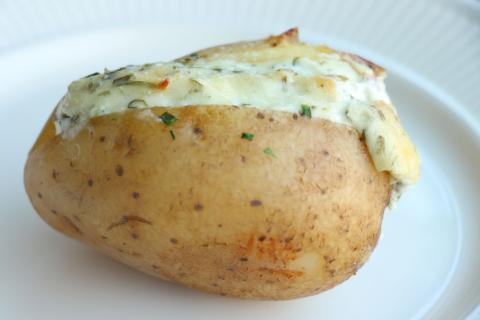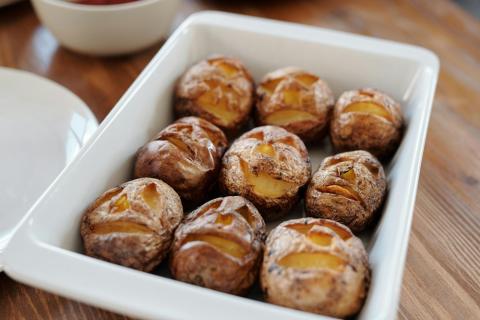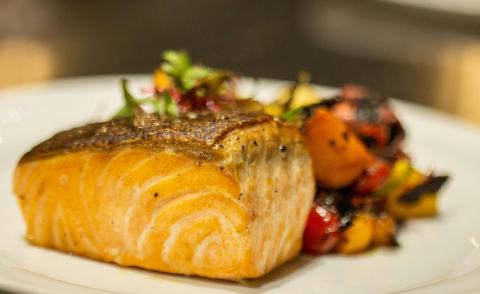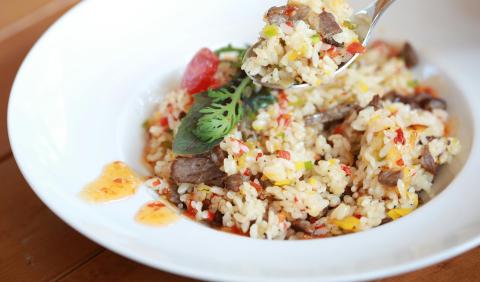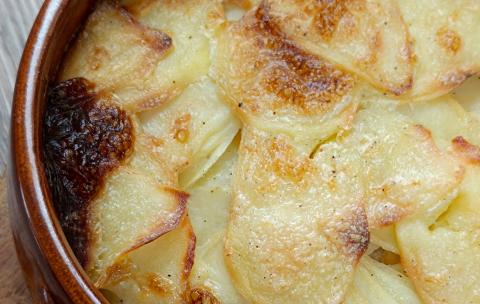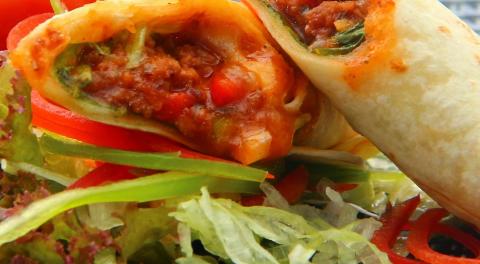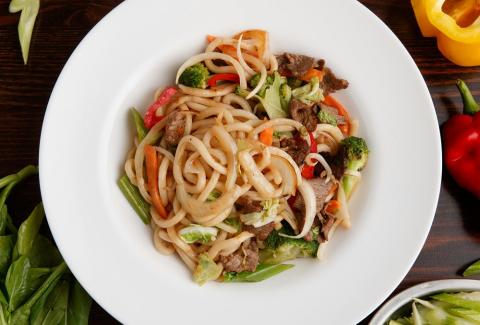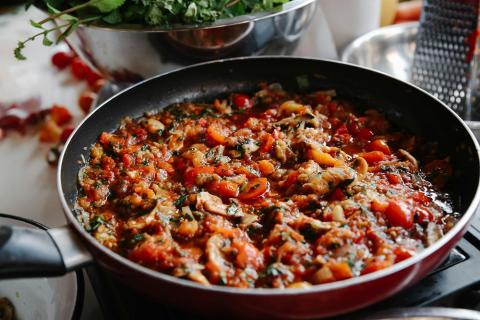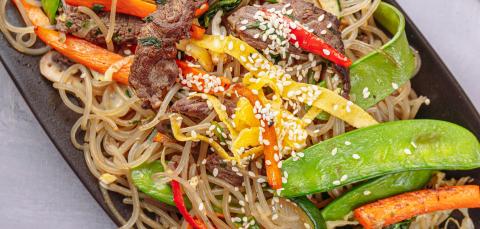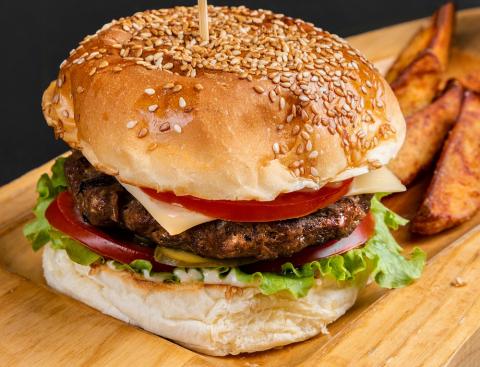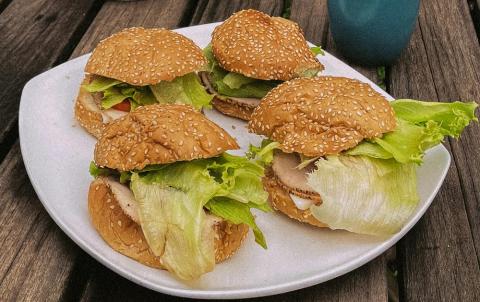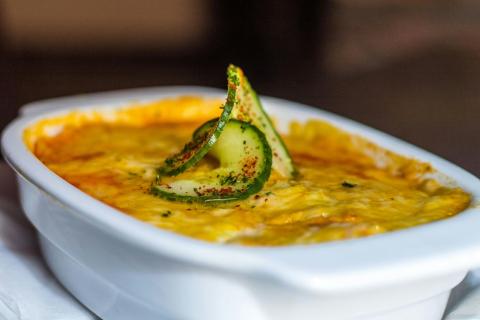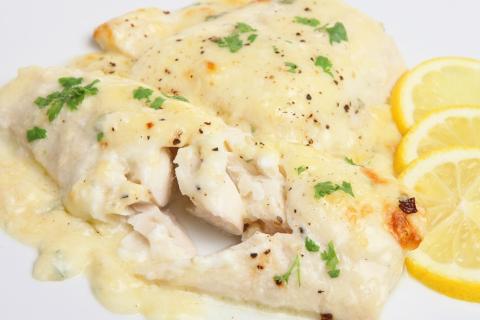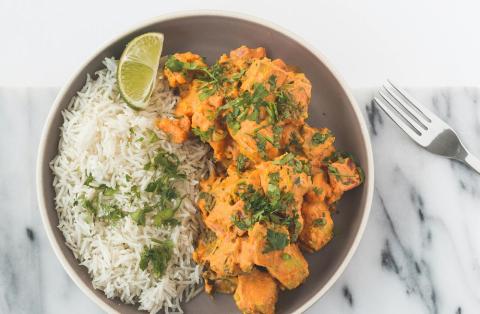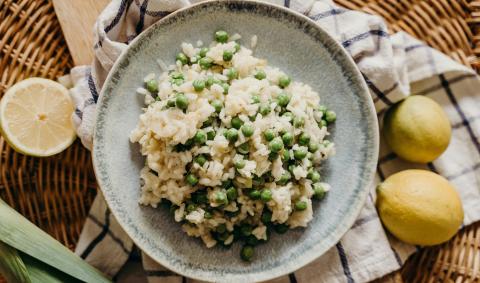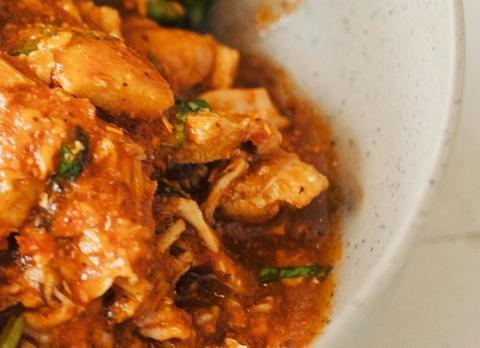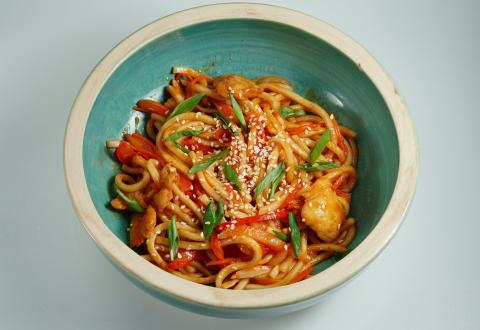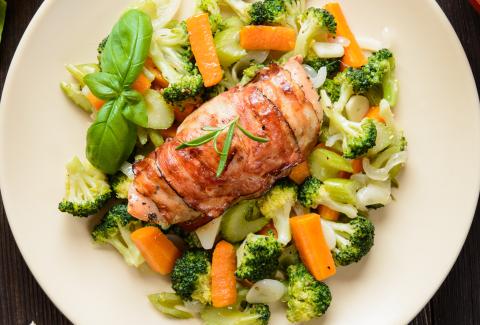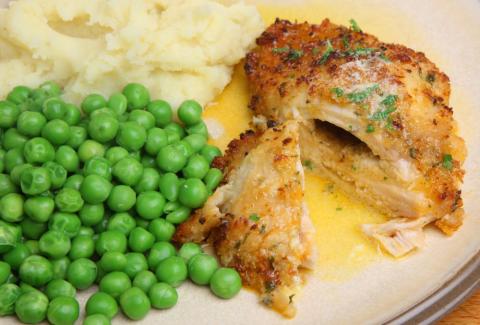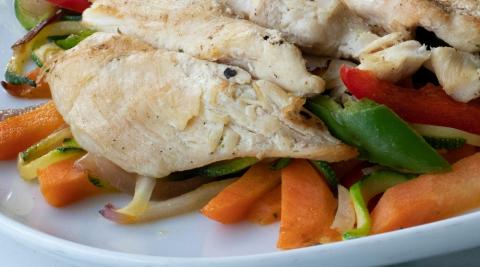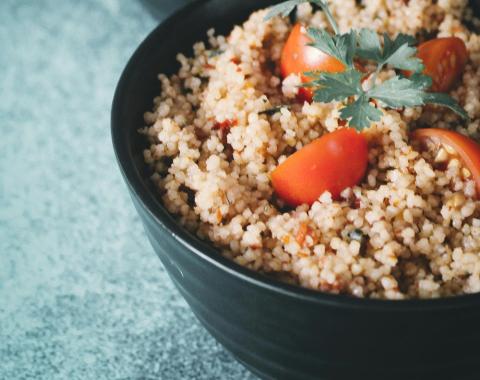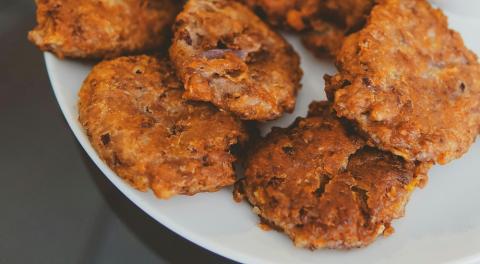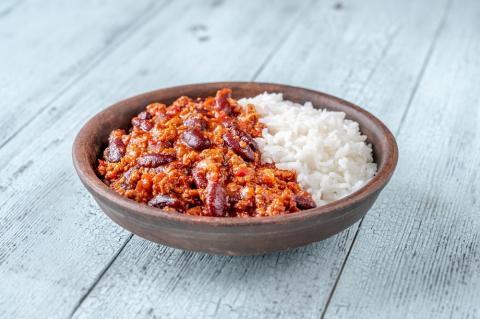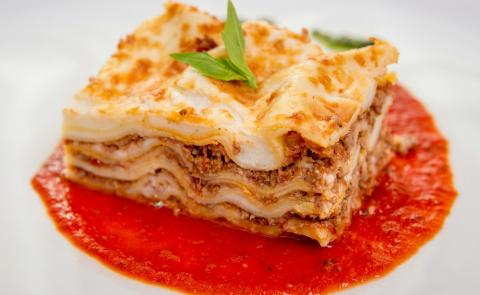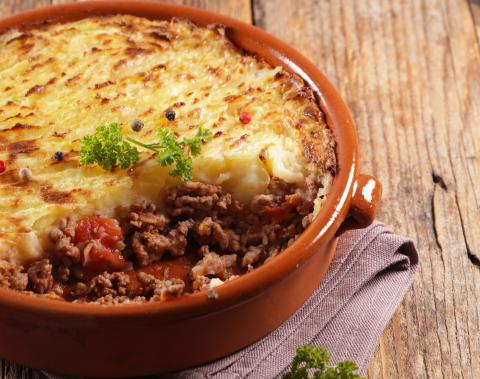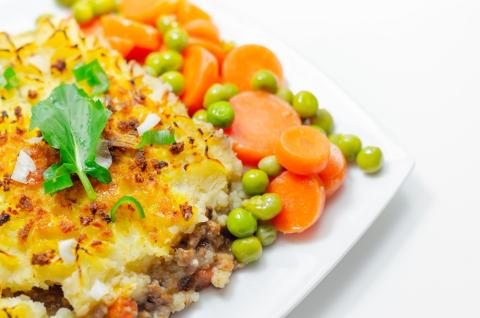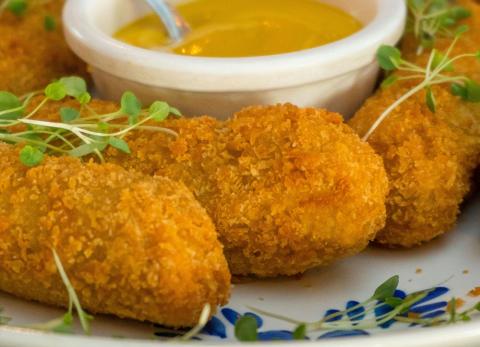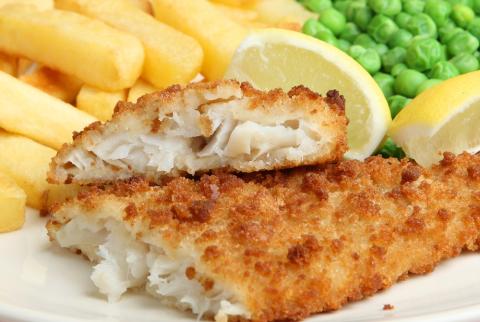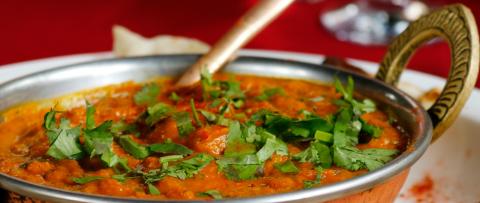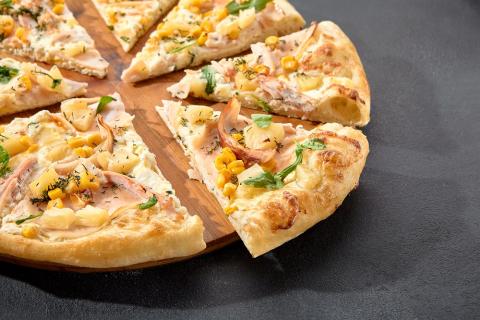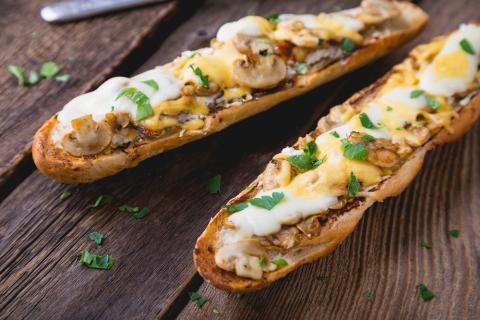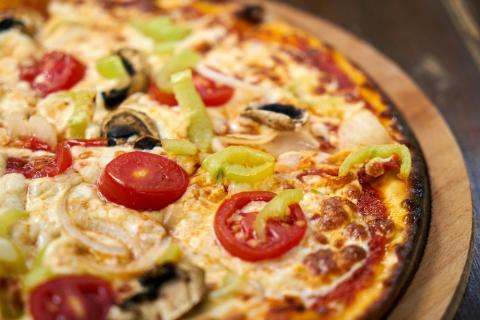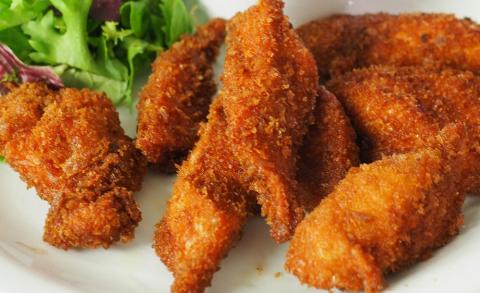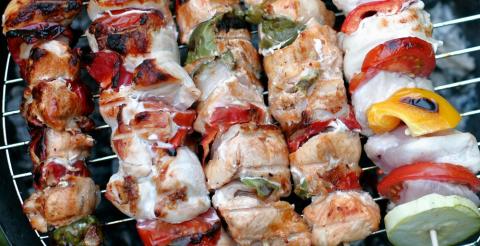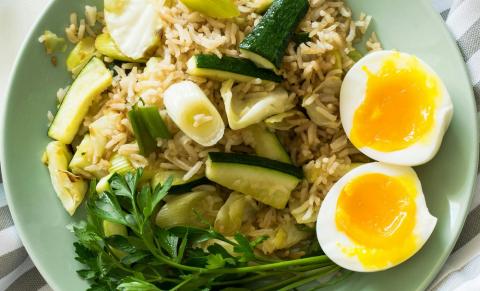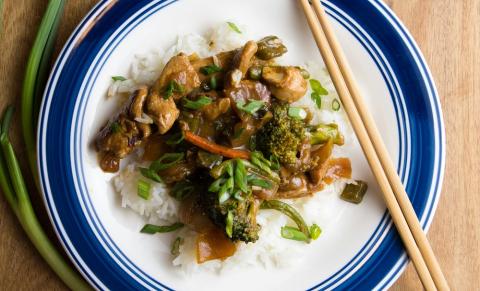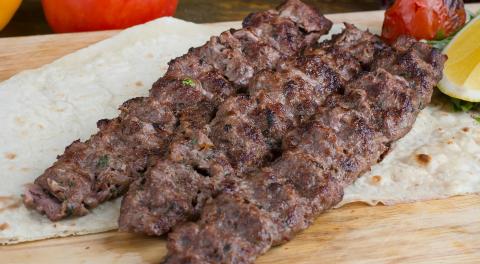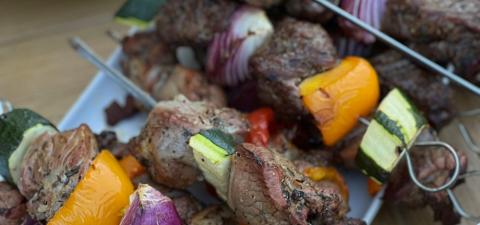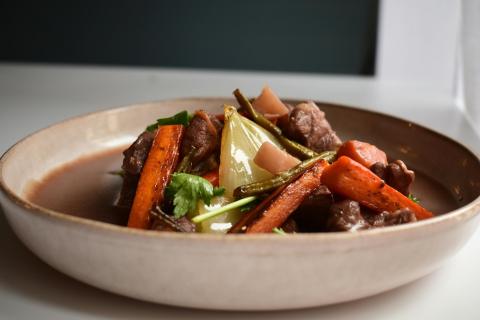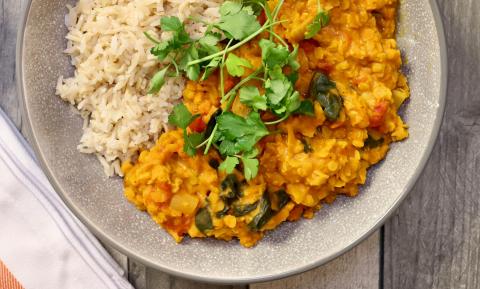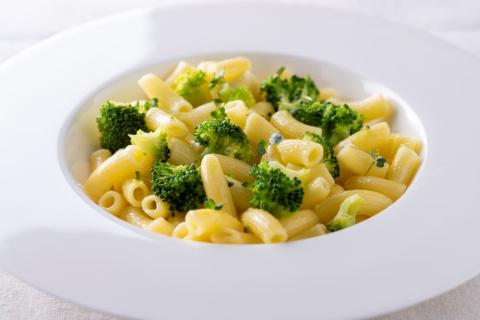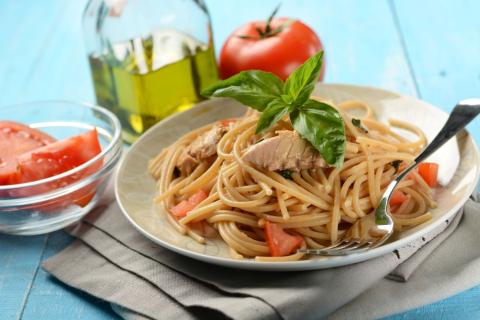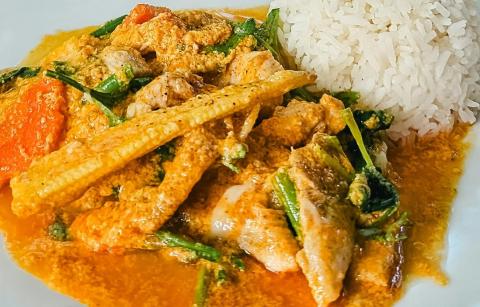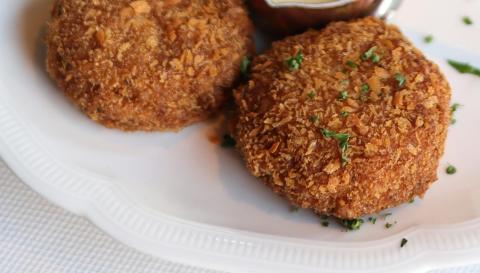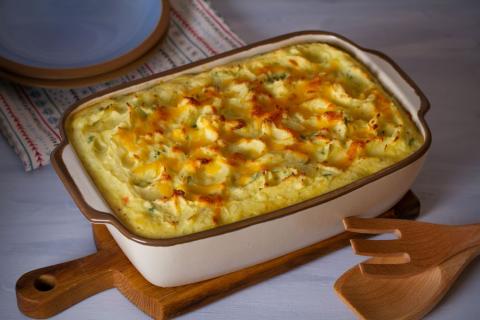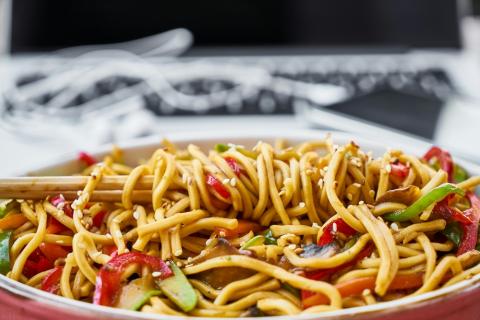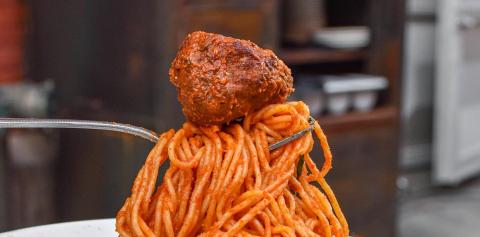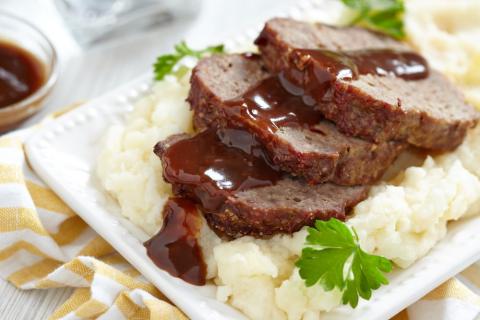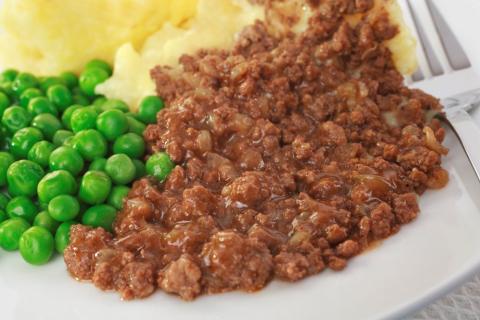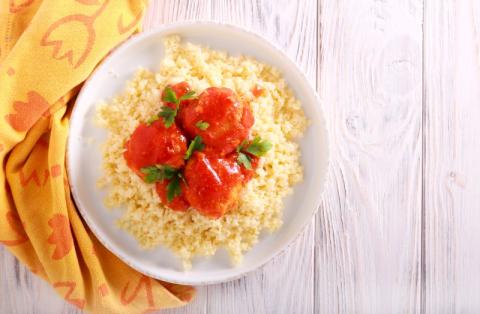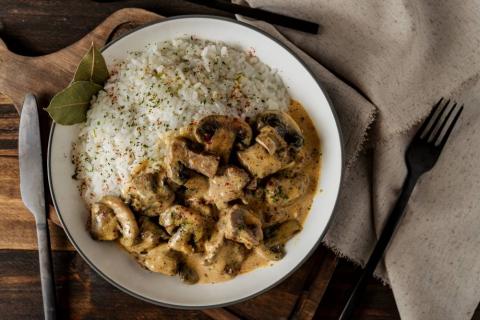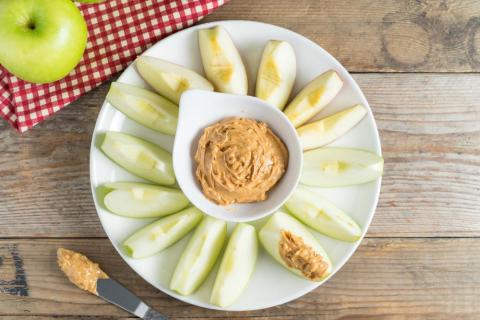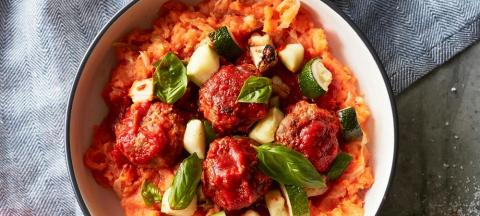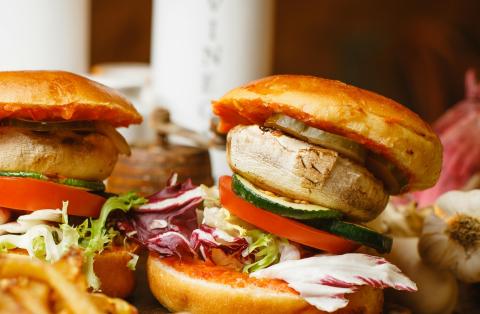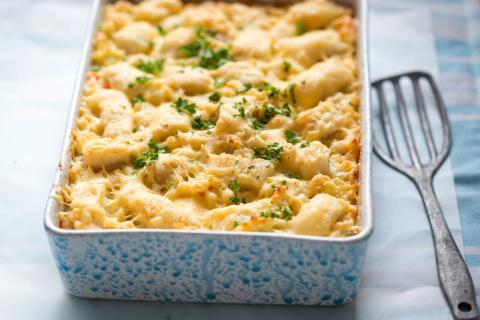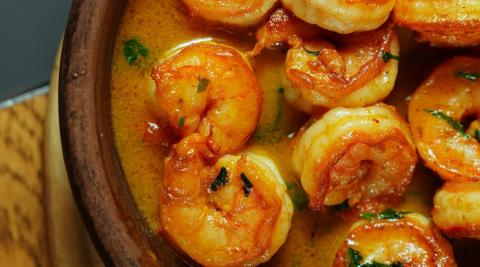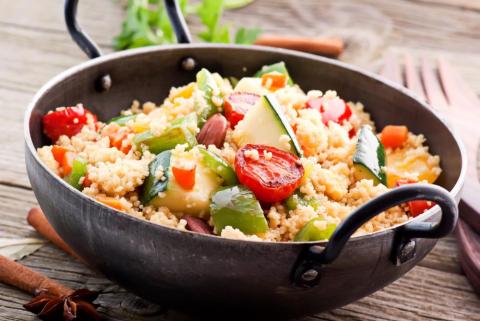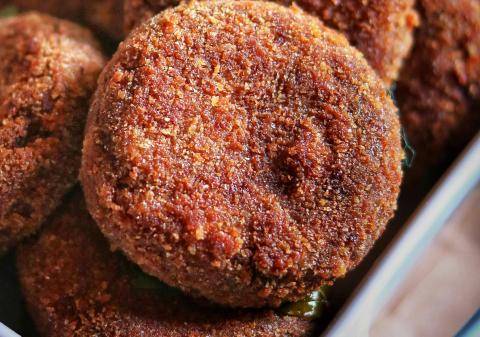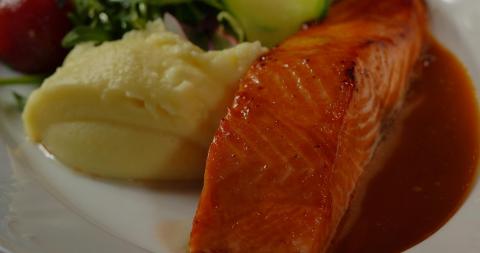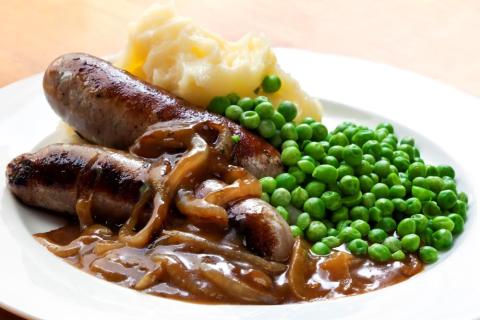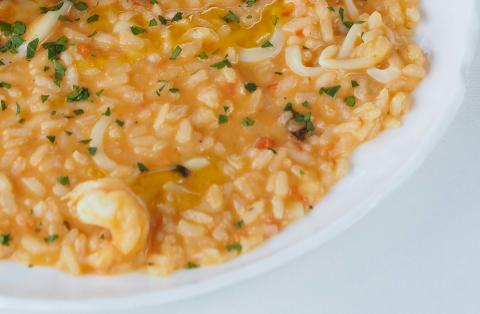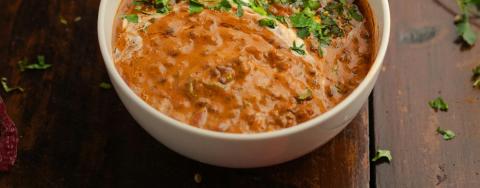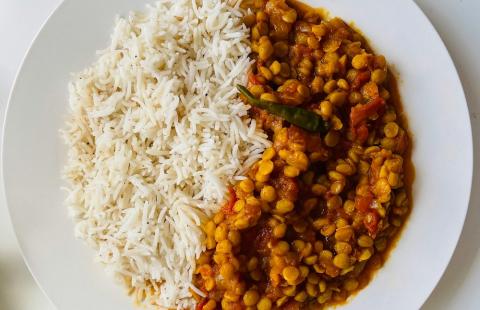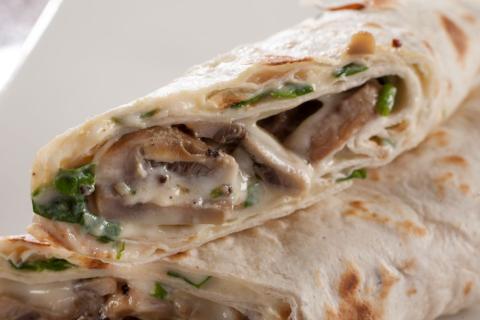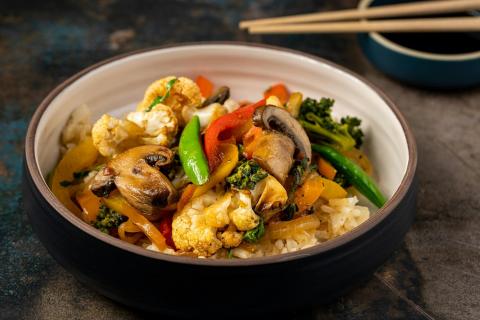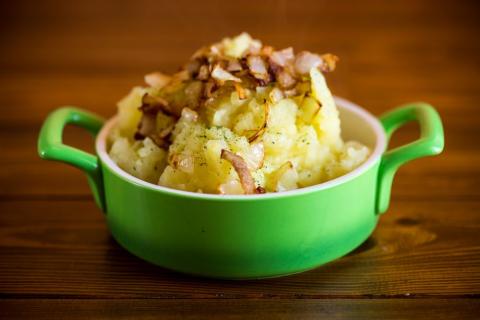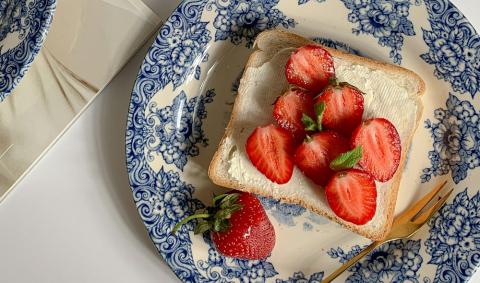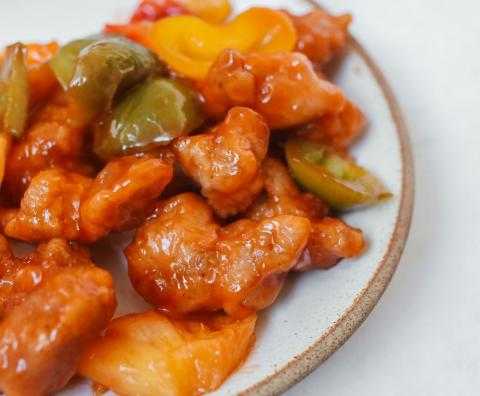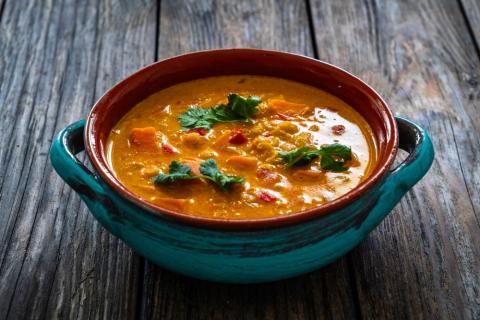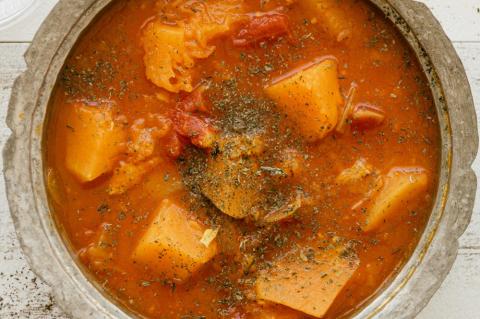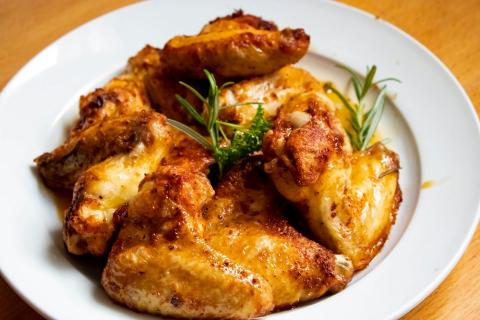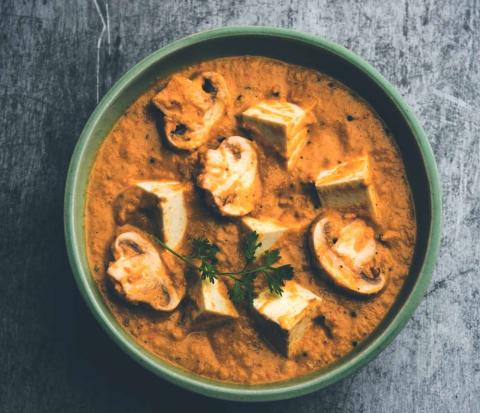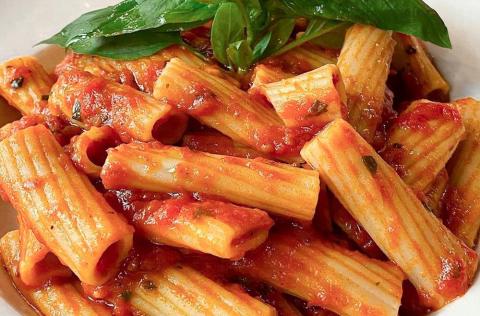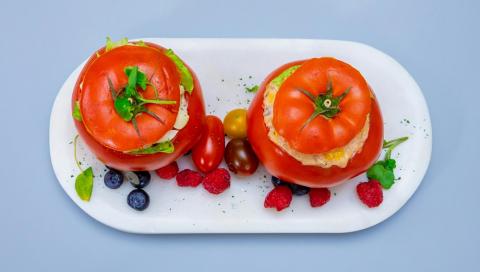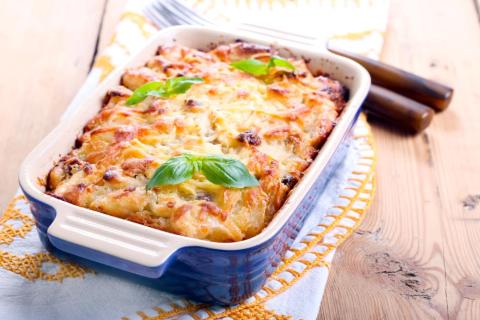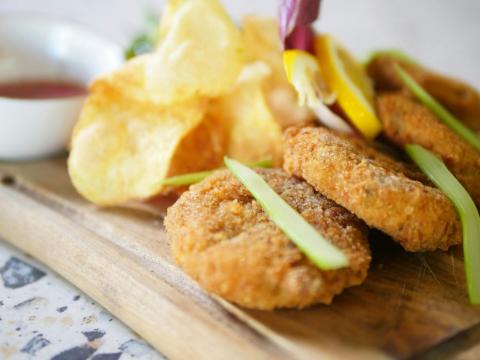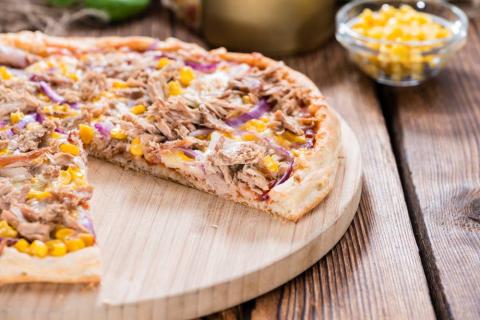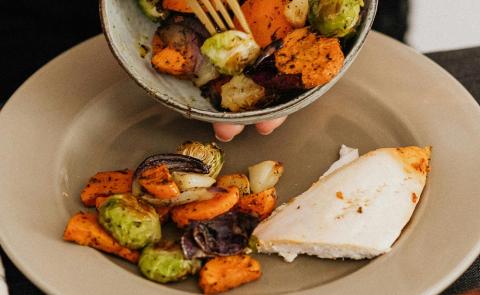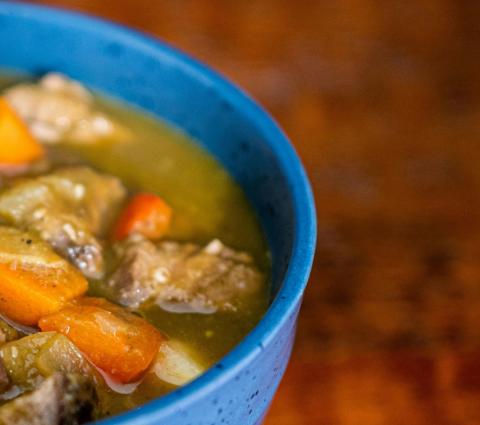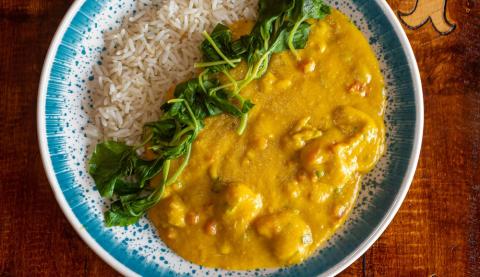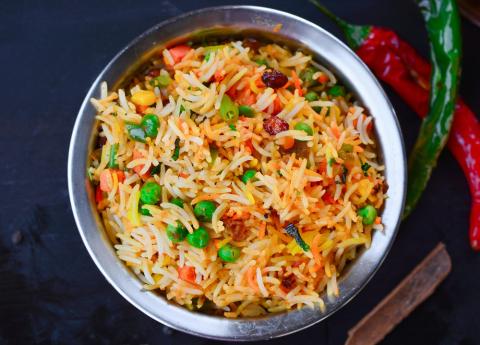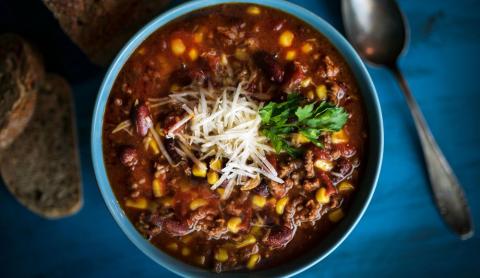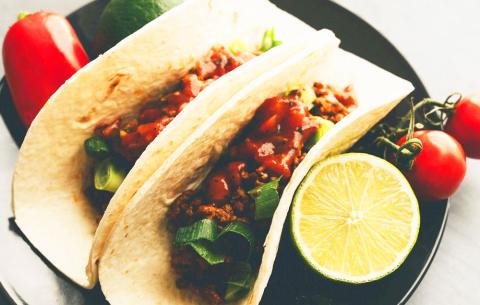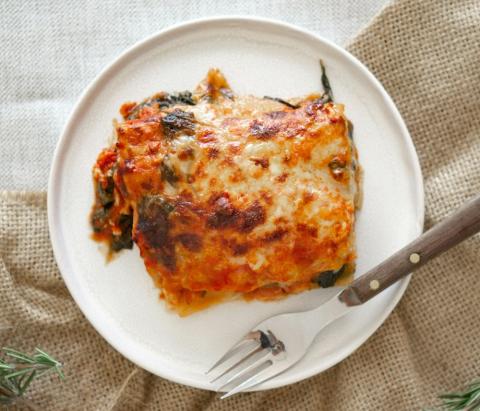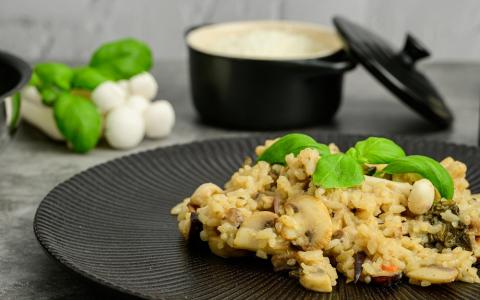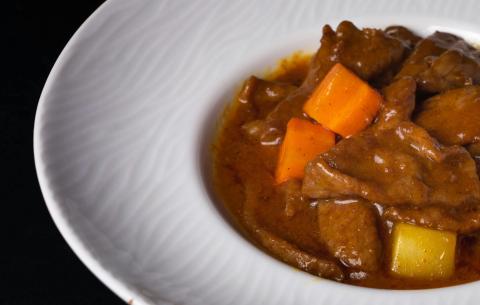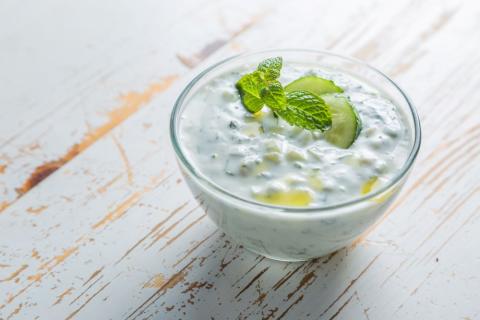- 2 Wholemeal (600g) Plain Ready Made Pizza Base (choose wholemeal whenever possible)
- 1 Tin (400g) Chopped or Plum Tomatoes
- 1 Tablespoon (15g) Tomato Puree
- 1 Teaspoon (1g) Dried Mixed Herbs
- 2 Tins (320g) Tuna In Brine
- 4 Tablespoons (120g) Tinned Sweetcorn
- 2 Small (120g) Red Onions
- 2 Tablespoons (20g) Grated Mature Cheddar Cheese (choose reduced fat whenever possible)
Ingredients
Allergy Disclaimer
Always check the label of each ingredient for allergy warnings.
Method
- Heat the oven to 190°C / 375°F / 170°C fan oven / gasmark 5 - follow the temperature instructions on the back of the pizza base box.
- Drain the chopped tomatoes of some juice and add to the pan with the tomato puree and dried mixed herbs. If using plum tomatoes, chop them up using a spoon when in the pan. Simmer over a low heat until slightly thickened.
- While the sauce is simmering, drain the tuna and break the fish up with a fork. Peel and chop the red onions and grate the cheese.
- Spread the tomato sauce onto the plain pizza bases and dress the pizzas with the tuna, sweetcorn and red onion.
- Finish with a thin layer of grated mature cheddar cheese.
- Bake in the oven for 15-20 minutes and enjoy hot.
Time Saver Tips
You could buy a pre-made cheese and tomato pizza and add your own toppings. Quicker still, why not buy cheese that's already been grated?
Cost Saver Tips
Use mature cheddar cheese so you dont need to use much to get full flavour. Alternatively, you could use reduced fat cheddar cheese. Other suggested toppings include mushrooms, peppers, pineapple or prawns.
Tips for Kids
Choose their favourite toppings and get them to decorate the pizzas before they go in the oven. Serve with a side salad for extra greens.
Nutritional Information
Based on a single serving of 302g (% of an adult's reference intake)
Energy
555 kcals ( 28 %)
2,268 kJ ( 28 %)
Fat
1.3 g ( 7 %)
Saturates
96.4 g ( %)
Sugar
13 g ( 14 %)
Salt
1.9 g ( 32 %)
Detailed nutritional information
| Per 100g | Per 302g serving | |
|---|---|---|
| Energy Kcals | 184 | 555 |
| Energy Kj | 751 | 2,268 |
| Protein | 8.6 g | 26 g |
| Total Fat | g | g |
| Saturated Fat | 0.4 g | 1.3 g |
| Carbohydrates | 31.9 g | 96.4 g |
| Total Sugars | 4.3 g | 13 g |
| NSP Fibre | 1.8 g | 5.3 g |
| Sodium | 254 mg | 768 mg |
| Salt | 0.6 g | 1.9 g |
Find out about nutritional labelling
Nutrition labels on the front of packaging
- Most of the big supermarkets and many food manufacturers display nutritional information on the front of pre-packed food.
- Front of pack nutrition labels provide information on the number of grams of fat, saturated fat, sugars and salt and the amount of energy (in kJ and kcal) in a serving or portion of a recipe.
- The labels also include information about reference intakes (expressed as a percentage) which are guidelines about the approximate amount of particular nutrients and energy required for a healthy diet.
- The colour coding tells you at a glance if the food has high (red), medium (amber) or low (green) amounts of fat, saturated fat, sugars and salt.
- The more greens on the label, the healthier the choice
- Amber means neither high nor low, so you can eat foods with all or mostly ambers on the label most of the time.
- Reds on the label means the food is high in that nutrient and these are the foods we should cut down on. Try to eat these foods less often and in small amounts.
Food shopping tips
If you’re trying to decide which product to choose, check to see if there's a nutrition label on the front of the pack. This will help you to quickly assess how your choices stack up. You will often find a mixture of red, amber and green colour coding for the nutrients. So when you're choosing between similar products, try to go for more greens and ambers and fewer reds if you want to make a healthier choice.
 Activities & Play
Activities & Play Behaviour
Behaviour Childcare
Childcare Development & Growing Up
Development & Growing Up Family, Friends & Relationships
Family, Friends & Relationships Feeding Your Baby
Feeding Your Baby Food & Eating
Food & Eating Health & Safety
Health & Safety Mental Health & Wellbeing
Mental Health & Wellbeing Money & Work
Money & Work Online Behaviour & Safety
Online Behaviour & Safety Pregnancy & First Days
Pregnancy & First Days School & Education
School & Education Sleep
Sleep


